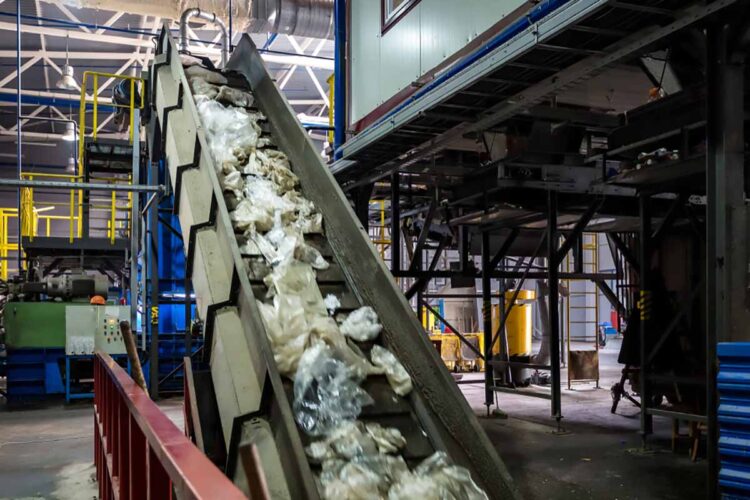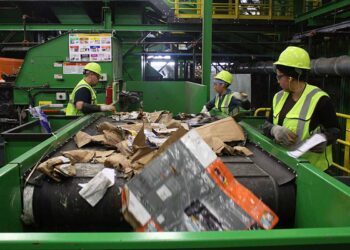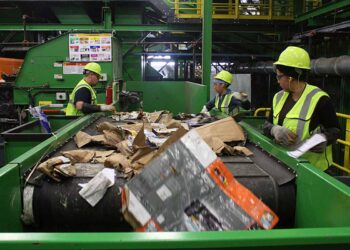MRFs looking to improve their profit and loss should consider automation, AMP representatives said in the third installment of the AMP Live Talks webinar series.
During the Oct. 1 webinar, “Optimize your P&L: Smart techniques for tracking and improving operations,” Justin Davis, director of commercial origination and business development at AMP, said that at its core, the issue comes down to “two simple things: How do you improve your revenue and how do you cut your expenses?”
“Anything you are processing but are not recycling is throwing money away,” he said. For example, PET thermoforms have been seen as contamination and a nuisance in the past, but as they become more common, they now have a value, albeit a modest one.
“If the material is growing, so are the revenue opportunities,” he added, especially as technology also evolves to make sorting out those materials easier and cheaper.
Automation with AI, optical sorters and robotics, such as the kind of services AMP offers, can also help reduce compliance costs, Davis said, as the continuous data gathering means hand-sort audits are no longer necessary, nor are shutdown days for audits. It can also open up more business opportunities.
“You can report weekly or even daily on inbound material,” he said. “In my experience dealing with municipalities, this is a real game-changer for them.”
Setting up fixed offtake contracts can not only help stabilize prices but create stronger relationships, Davis said, and having the kind of reliable bales that automation can provide will help those efforts. For facilities that may not have the upfront capital to upgrade, grants are a good option, he suggested, “especially if you’re in an underserved market or pulling materials of interest like PP or film.”
Future funding from extended producer responsibility laws could also help, Davis noted. And the value of finding the right partners can’t be overstated.
“If there’s still quite a bit of residue after optimizing your sorting, consider a secondary sort facility,” Davis said. “There’s still a lot of value left in your residue, and finding a partner that can help you process it can improve your revenue.”
In a past Live Talk, AMP executives outlined their vision for MRFs of the future.






















